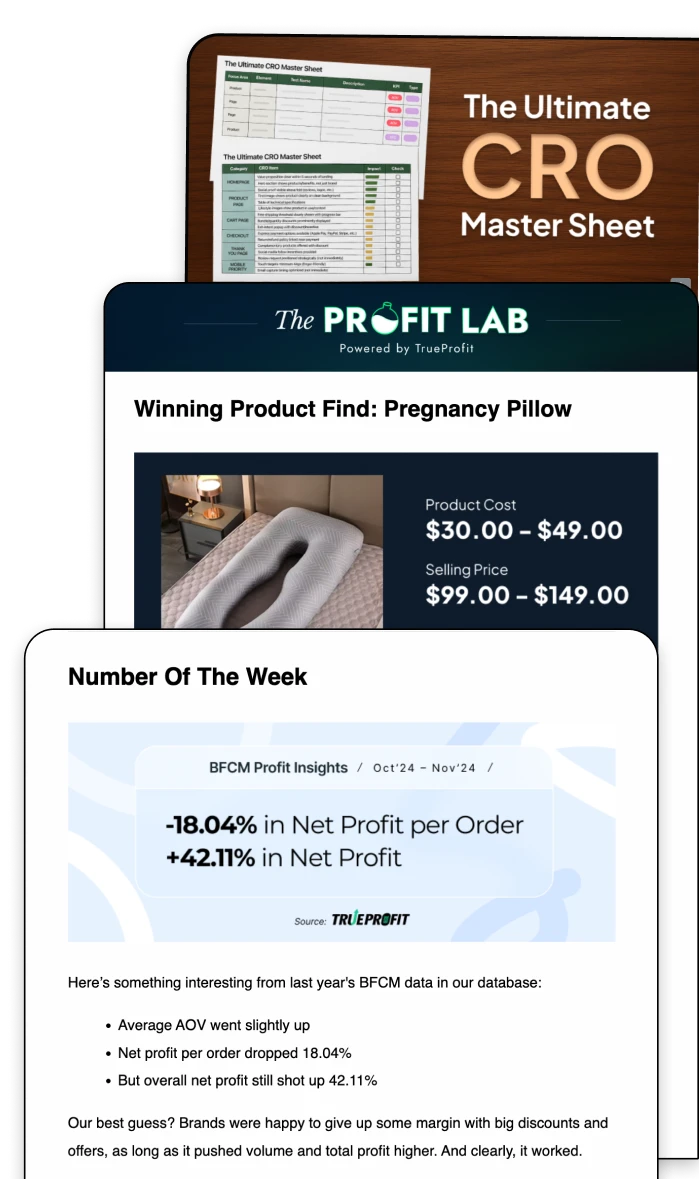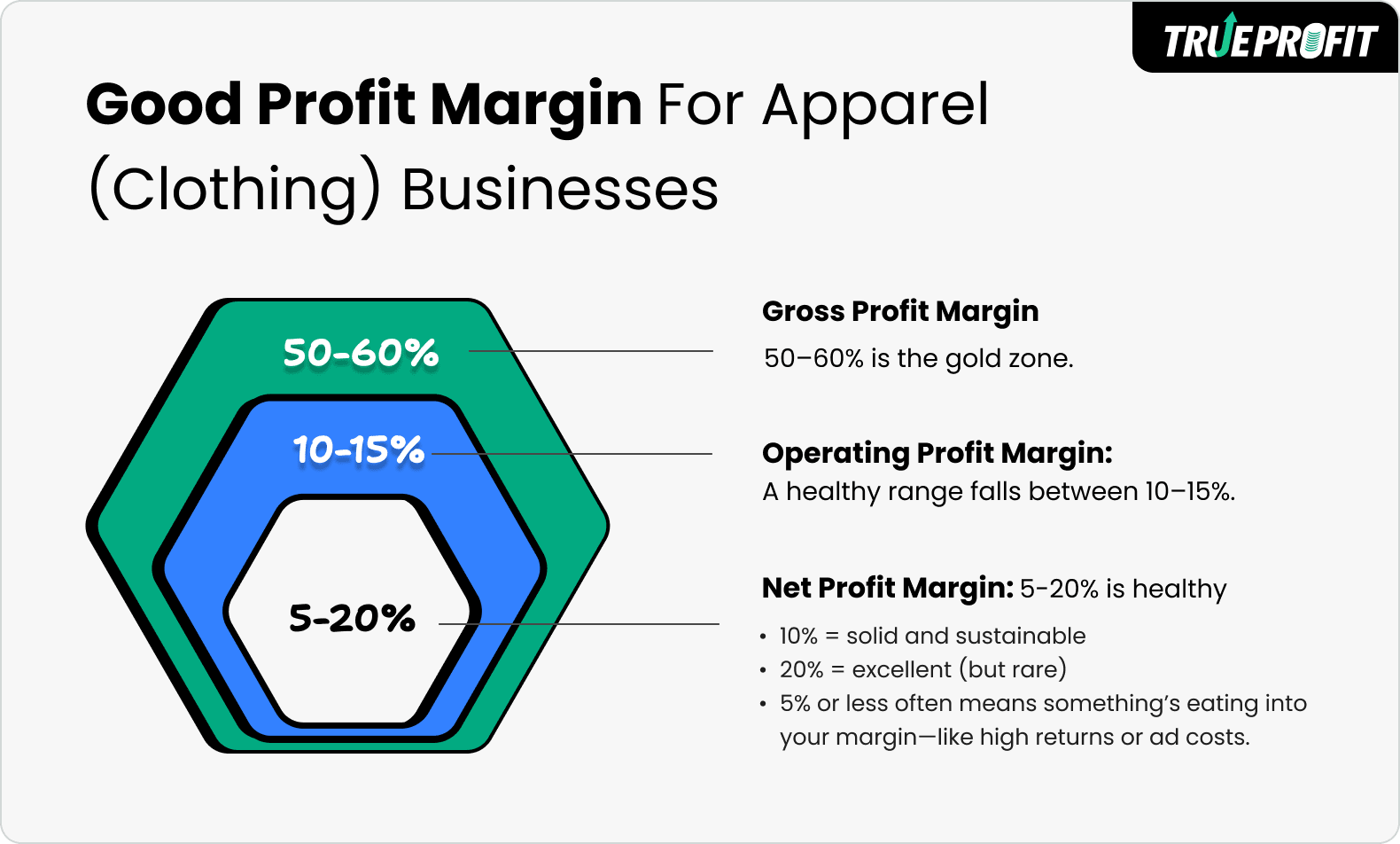What Is a Good Profit Margin for Apparel Stores in 2025?

In 2025, good apparel margins look like this:
- Gross margin: 50–60%
- Operating margin: 10–20%
- Net margin: 5–10%
But wait — before you take these numbers at face value…
These are benchmarks, not rules. They’re a helpful starting point, but not the full story. What truly matters is whether your margins are improving — and whether they make sense for your business model.
So what’s next?
In this guide, you’ll get a deeper look into each margin type. Then, we’ll break down five more metrics that give real context to those numbers — so you can stop guessing and start understanding how healthy your clothing store really is.
What is a Good Profit Margin for Apparel in 2025?
In 2025, clothing stores should aim for 50–60% gross margin, 10–15% operating, and 10% net.
Here’s the bottom line:
- Gross profit margin measures the percentage of revenue left after covering the cost of goods sold. 50–60% is good profit margin for clothing.
- Operating profit margin shows the percentage left after subtracting both COGS and day-to-day operating expenses. An ideal profit margin for clothing falls between 10–15%.
- Net profit margin tells you what percentage of revenue remains after all expenses—COGS, operating costs, taxes, interest, and one-time charges. 10% is average profit margin for clothing retail.
- 10% = solid and sustainable
- 20% = excellent (but rare)
- 5% or less often means something’s eating into your clothing profit margin—like high returns or ad costs.
In short, apparel profit margins aren’t one-size-fits-all. What works for a print-on-demand shop won’t work for a premium slow-fashion brand. And that’s because...
Different business models = different cost structures.
- DTC brands usually enjoy better margins since they sell directly to the customer and avoid retailer cuts.
- Wholesale or marketplace sellers (like Amazon or TikTok Shop)? They trade margin for volume and exposure.
- Subscription-based models have recurring revenue but higher churn and retention costs.
So what should you do?
👉 Use benchmarks as signals, not standards for online clothing store profit margin. They help you spot red flags and uncover improvement areas— but always run them through the lens of your specific model.
What Factors Affect Profit Margin for Apparel?
Now that we’ve covered the benchmarks —
Let’s zoom in on what actually drives your margin up (or down).
1. Product Cost (COGS)
COGS (Cost of Goods Sold) ) includes materials, manufacturing, packaging, and shipping from your supplier. Lowering your cost per unit directly boosts your gross profit margin.
But remember, cutting costs too far can hurt product quality and damage your brand’s image.
2. Pricing Strategy
How you price your products affects both sales volume and average profit margin for clothing. Premium pricing can increase margins but may lower conversion if not backed by strong value. Discounts and sales drive volume but reduce margin per item. Find the sweet spot where price supports both conversions and margin.
3. Return & Refund Rate
Let’s face it: clothing stores have one of the highest rates of return in ecommerce.
Fit issues, sizing confusion, and fabric expectations all lead to costly returns. Every return chips away at your margin with lost revenue, reverse shipping, and restocking labor.
👉 Keep return rates low = keep more of your profit.
4. Marketing & Ad Spend
You can’t sell without traffic — But if you’re burning through Meta or Google Ads budget without enough return, you’re shrinking your net margin fast.
This is where a good profit margin gives you some breathing room. Still, keep an eye on Customer Acquisition Cost (CAC) to avoid overspending.
5. Fulfillment & Shipping
Free shipping converts — no doubt. But someone has to pay for it.
If that’s you, make sure your prices account for it. Expect even tighter margins thanks to higher carrier fees and longer delivery times.
Add further reading: https://trueprofit.io/blog/dropshipping-products-with-high-profit-margin
6. Overhead Costs
Overhead can sneak up on you. We’re talking software subscriptions, staff salaries, warehouse rent, tools, freelancers — it all adds up.
The more bloated your operations, the thinner your operating margin.
7. Product Type
Like we once said above, not all apparel is created equal — and neither are their margins.
Fast fashion thrives on low margin, high volume. Luxury brands go the opposite way: low volume, high margin. Print-on-demand often runs razor-thin margins but can scale fast if done right.
Other Key Metrics to Track with Profit Margin
Tracking profit margin alone doesn’t give you the full picture. Here are a few ecommerce metrics that work hand-in-hand with it:
1. Net Profit on Ad Spend
Here’s the first one to track:
Net Profit on Ad Spend shows how much actual profit you make for every $1 you spend on ads. Unlike ROAS, NPOS includes all your costs — giving you a clearer view of advertising efficiency.
Use this formula:
Let’s do the math:
You made $15,000 in revenue. You spent $3,000 on ads.
Your COGS + expenses? $10,500. That leaves $1,500 in net profit.
👉 So: NPOAS = ($1,500 / $3,000) × 100 = 50%
That means you’re earning $0.50 in real profit for every $1 spent on ads.
2. Customer Acquisition Cost (CAC)
Customer Acquisition Cost is the average amount you spend to acquire a single customer.
CAC is calculated using this formula:


Say you spent $8,000 on TikTok + Meta ads, influencers, and email platforms.
You brought in 200 new customers.
👉 Your CAC = $8,000 / 200 = $40 per customer
Now you’ve got a benchmark to compare against AOV and LTV.
3. Average Order Value (AOV)
Let’s talk about cart size. Average Order Value tells you how much the average customer spends per order.
The AOV formula is:


Example: You did $5,000 in sales from 125 orders.
👉 AOV = $5,000 / 125 = $40
That’s your baseline for revenue per order — and a key number to grow through upsells, bundles, or cross-sells.
4. Lifetime Value (LTV)
Here’s the big-picture view. Also known as Customer Lifetime Value, LTV measures how much total revenue a customer brings in across their entire relationship with your brand.


Let’s say someone shops 4× a year, spends $40 per order, and sticks around for 2 years.
👉 LTV = 4 × $40 × 2 = $320
AOV tells you about one order. LTV tells you about customer loyalty.
5. LTV/CAC Ratio
The LTV/CAC ratio compares what a customer is worth to what it costs to acquire them.
Example: You spend $100 to acquire a customer (CAC), and their LTV is $400.
👉 LTV/CAC = 4
That’s $4 earned for every $1 spent — a healthy, scalable spot to be.
If the ratio is:
1 = you're just breaking even
< 1 = you're losing money
> 3 = you're in a healthy, scalable place
Metrics like these can measure your clothing store performance and define your success benchmarks in 2025.
Add further reading: https://trueprofit.io/blog/business-performance-metrics
But instead of manually calculating each metric, use a profit tracker tool like TrueProfit to automatically track everything.
TrueProfit is a real-time net profit analytics platform built for ecommerce sellers. Here’s how TrueProfit helps: it automatically calculates your real profit by tracking all expenses types - CAC, Shipping cost, ad spend, and more, so you can stop guessing and start making faster, data-backed decisions.
Understanding your profit margin is step one — but what you do with that insight is what counts. Apps like TrueProfit give you a clear view of your real-time performance, so you can make faster, smarter decisions without juggling spreadsheets.
👉 Try TrueProfit free for 14 days — starting today.
Leah Tran is a Content Specialist at TrueProfit, where she crafts SEO-driven and data-backed content to help eCommerce merchants understand their true profitability. With a strong background in content writing, research, and editorial content, she focuses on making complex financial and business concepts clear, engaging, and actionable for Shopify merchants.




![What Is a Good Gross Profit Margin? [2025 Benchmarks]](https://be.trueprofit.io/uploads/Gross-profit-margin.webp)
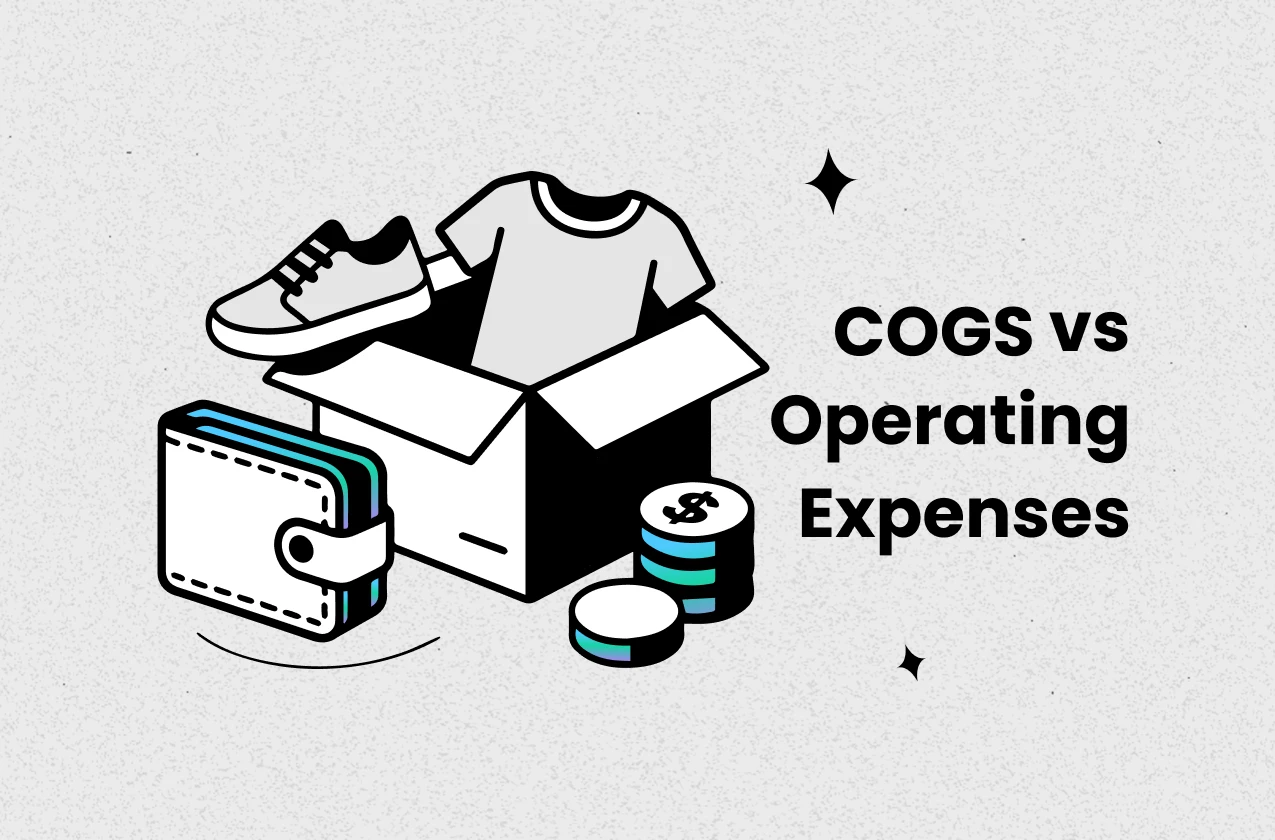
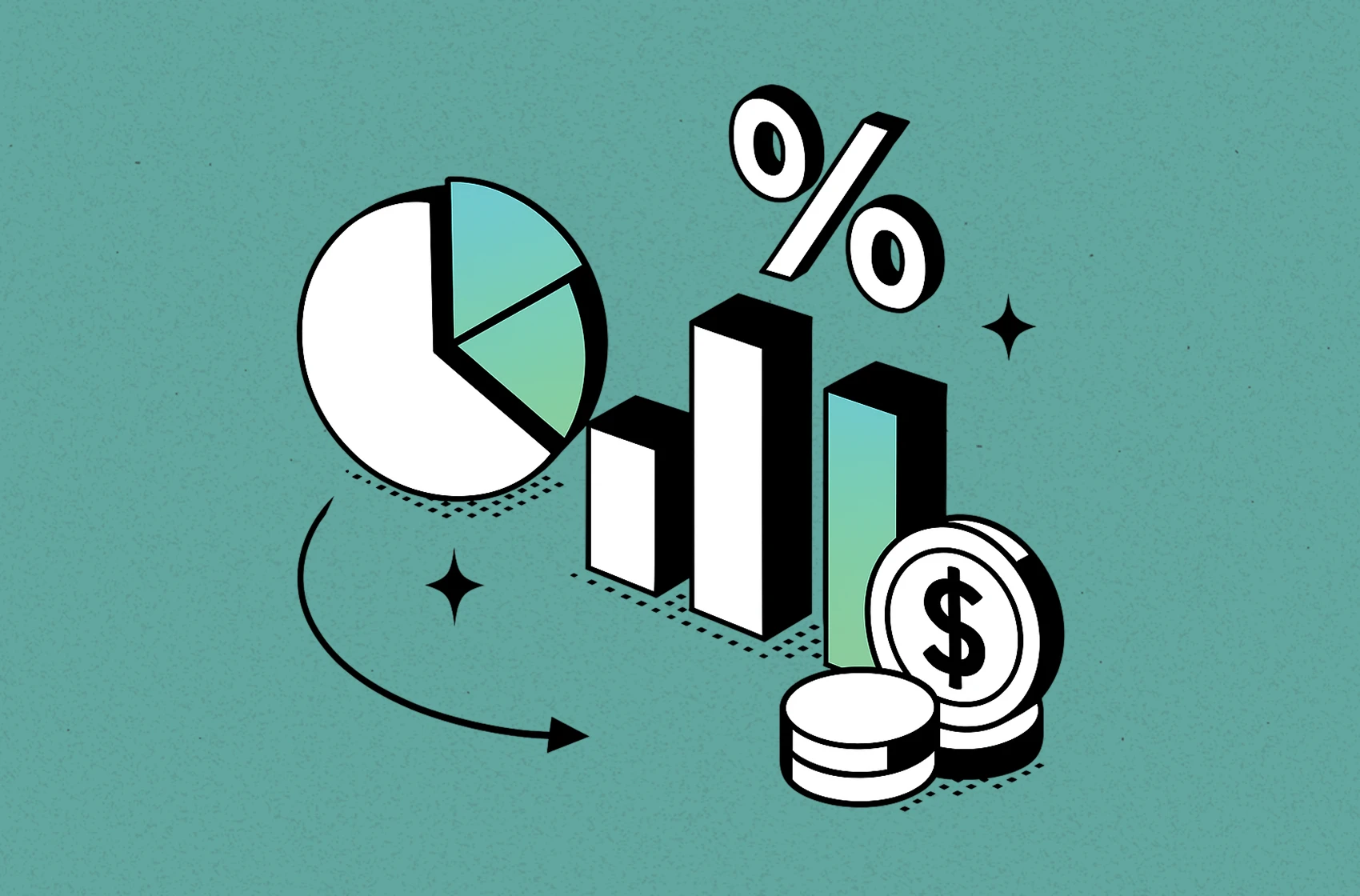
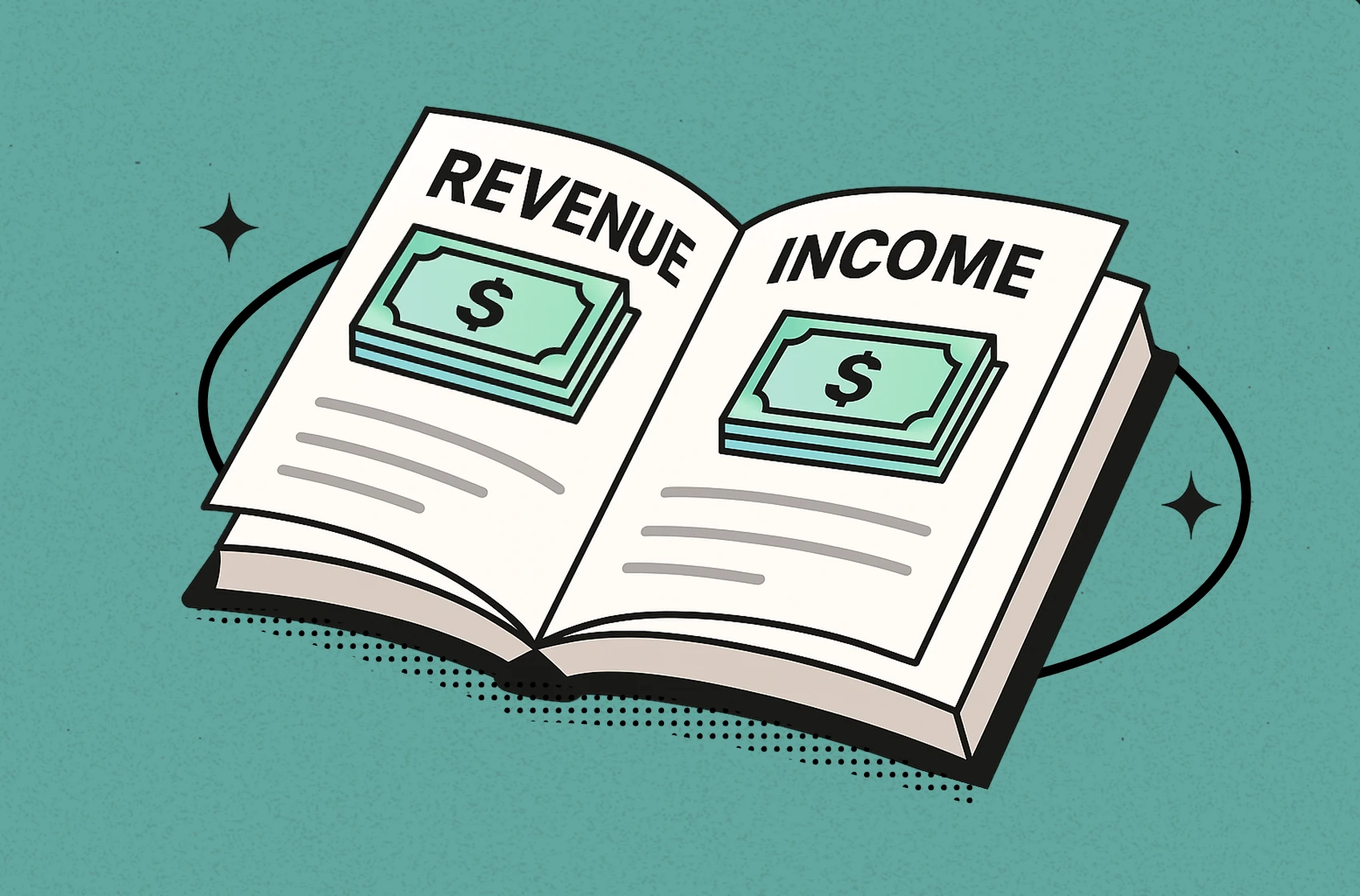
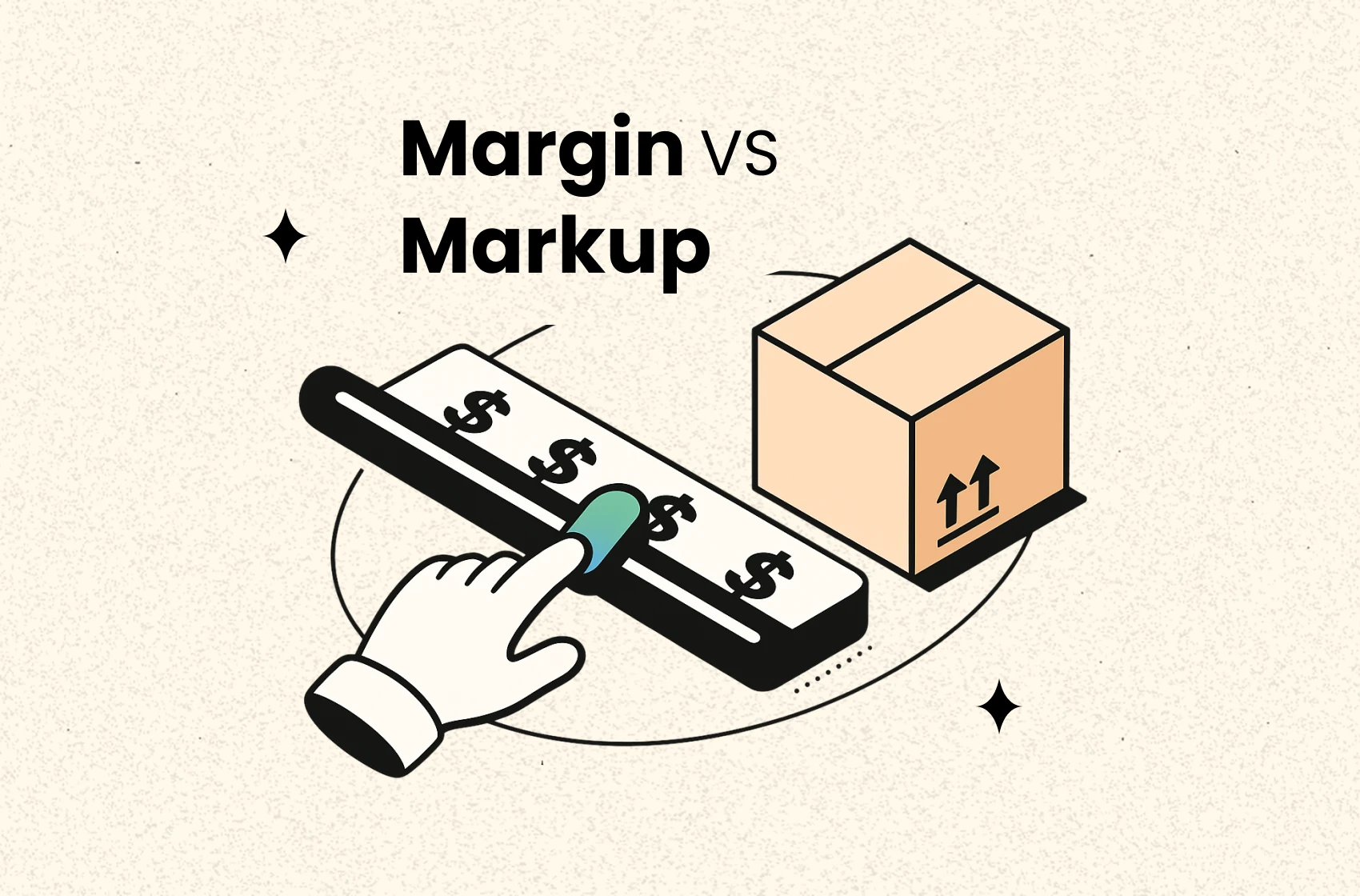
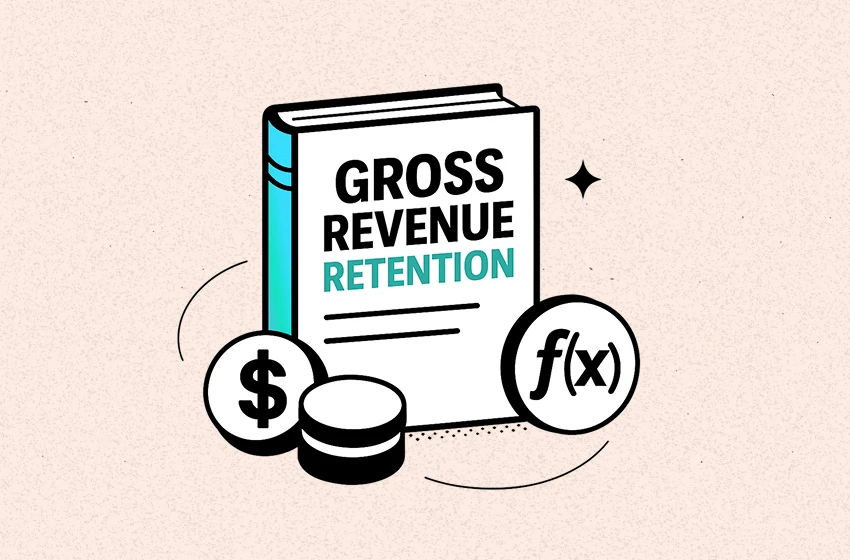
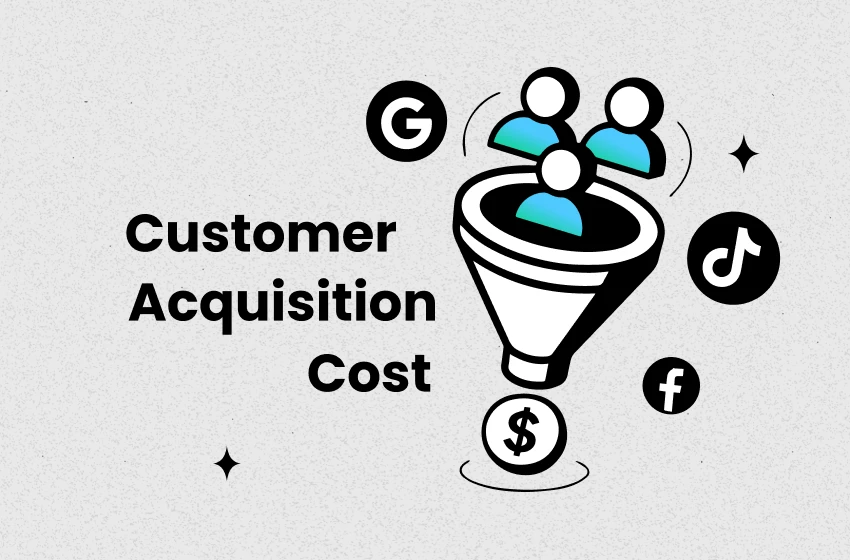
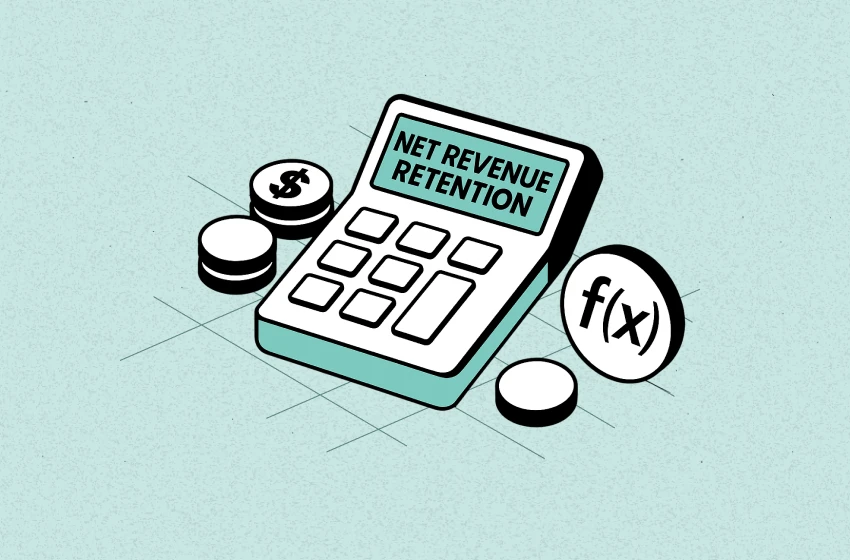
 Shopify profits
Shopify profits